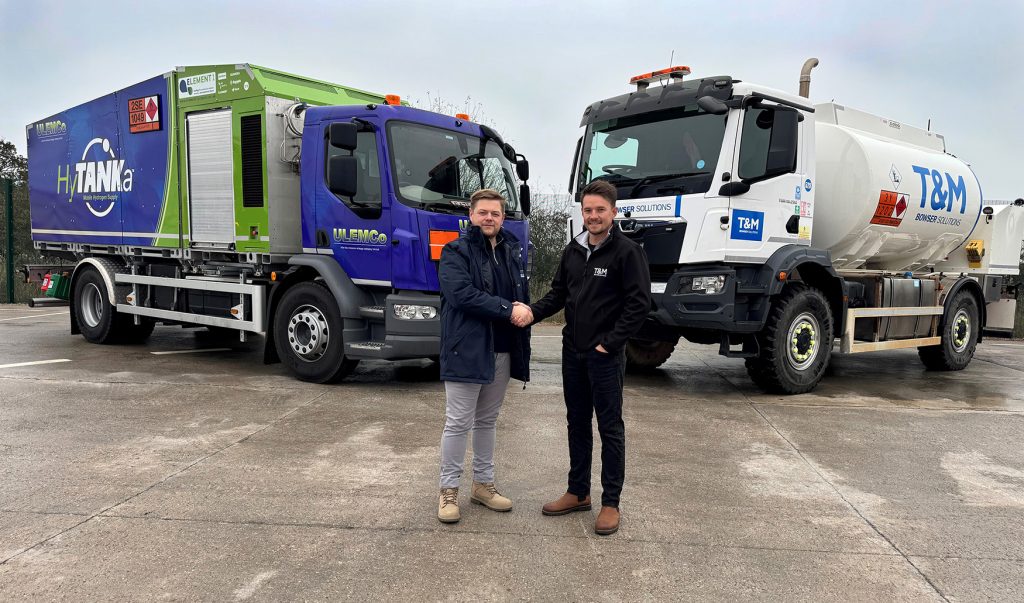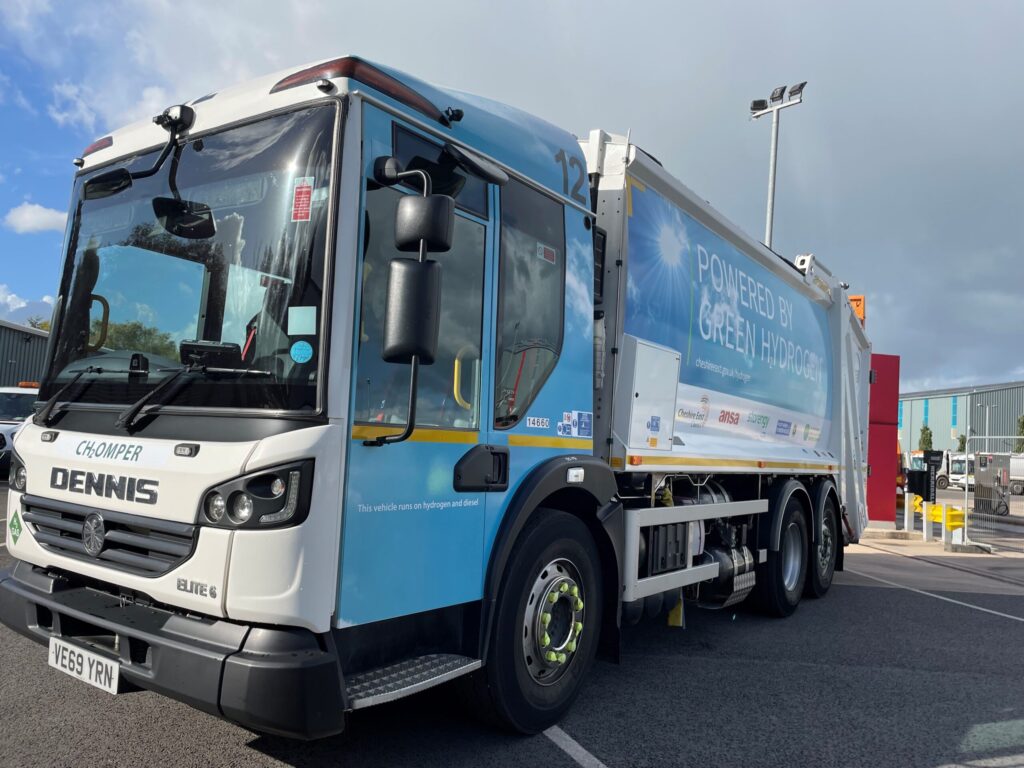Adrian Smith, as part of the “Mobility Moment” feature for Auto Futures, interviews ULEMCo’s MD Amanda Lyne who outlines the unique hydrogen dual-fuel approach, suited to commercial and niche vehicles.
How did you get involved in the mobility sector?
I got involved in hydrogen mobility nearly 20 years ago when I founded a fuel cell technology company. I am motivated by the role that hydrogen will deliver to help us address climate change, which has been a theme throughout my career, including my early days in the chemical industry. In fact my first job was helping customers move away from CFC’s to alternatives that did not have such a bad effect on the ozone layer, so I have always seen the “business” opportunity behind addressing environmental protection.
Describe the ZERRO
This is our R&D project to work with partners to develop a bespoke emergency ambulance of the future that will be zero emission and designed with the needs of the ambulance service in mind. It incorporates a range of innovations including the FCEV powertrain as well as a lightweight frame structure, low floor and ideas for the internal equipment layouts etc.
What are the key benefits of hydrogen as a power source?
The key benefits in the ambulance application is the flexibility that refuelling with hydrogen will provide. It will give the service options on range, fast fuelling, and payload that would otherwise be impractical with battery electric alone. The output from ZERRO will allow the service to reduce carbon and improve air quality emissions from their fleet without having to massively change their operation, asset productivity and duty cycles.
What other vehicles are suitable for hydrogen dual fuel?
ZERRO is a great opportunity for us, as far as R&D is concerned, but our core product – hydrogen dual fuel – could be used to help build the base load demand for the hydrogen infrastructure that will be needed, to enable the ambulance to deliver its benefits. As an example, as well as emergency ambulances, all the NHS trusts across the UK have other vehicles like patient transport services that could be converted to run on hydrogen dual fuel now, which would start saving carbon and make sure that when the ZERRO ambulance is launched there is scaled demand that will get the cost of hydrogen more in line diesel.
Alongside this, our hydrogen dual fuel is already being used by public fleets for refuse collection and road sweeping; which, with a bit of local co-ordination, as is happening in places like Aberdeen, would really transform the carbon footprint of these public services.
What is holding back hydrogen-fuelled mobility?
The lack of financial support for hydrogen mobility infrastructure investors is a real barrier. Whilst many millions are being offered to help build infrastructure for battery EV there is almost nothing for hydrogen.
In the end, in applications like the ambulance where they need to have hydrogen as part of the solution to decarbonise, this ultimately means they have to continue to use diesel, which isn’t good enough when many Trusts have declared climate emergencies and want to make the change now.
What’s next for ULEMCo?
We are continuing to provide hydrogen dual fuel solutions for our customers here in the UK and globally, as well as doing the R&D for zero emission hydrogen combustion and fuel cells such as applications like this project but also in other specialist utility vehicles in construction, off road, and HGVs.
Read More..
To read the full article, click here.



